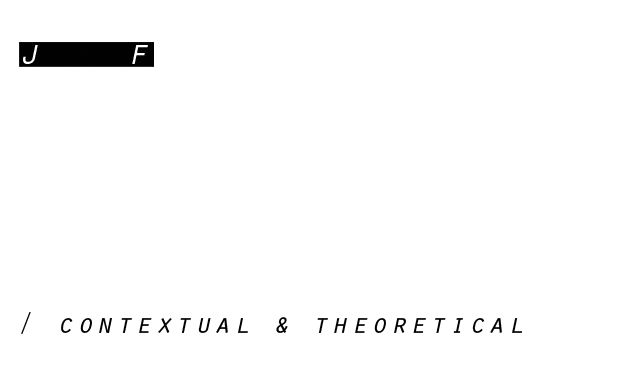Semiotic theory is a flexible but logical approach to the study of cultural texts and imagery. Its use is significant when attempting to breakdown the meanings that are contained within the particular objects of study, these meanings can be realised through identifying the different layers of signification, denotation and connotation that are embedded within textual and social codes.
For my semiotic image analysis I have chosen to look at two movie posters/advertisements as they are meant to try and communicate a message or feel or what the film is about and they do this through obvious visual indicators as well as via more subliminal messages.

The first poster I have chosen is from the Mel Gibson directed film, Apocalypto. Beginning with the textual codes, the main title word is clear and prominent, with the letters well defined and spaced out and also the type is in white on a dark night sky background which together helps to start build a sense of drama and tension - meant to reflect the word itself, Apocalypto, apocalypse, giving connotations of something momentous.
Furthermore, behind the letter C, there appears to be an eclipse taking place, a sign that something exceptional and magical is occurring, leading the viewer to think about some sort of huge event - the dawning of a new era or the end of an old one, this event was also particularly significant to the Mayan people - who are the subject of the film.
In terms of image based, social codes there are several parts to the poster that help reinforce more vigourously what is communicated through the written, for example, the large pyramids in the background are a signifier that gives an epic sense of scale and occasion. More centrally, the main sign of the piece is the figure is alone and mostly covered by shadow and appears to have some sort of torch wielding crowd behind him in the distance, signifying he is being chased. Supporting this, the solo figure is holding a knife giving us denoting that he is involved in some sort of fight/ tribal conflict, a fight for life, all of which supports the film title which has strong connotations of something epic, apocalyptic.

The second advertisement is taken from the Martin Scorsesse film, Shutter Island which is about a post war mental asylum. Starting again with the textual codes, the film title appears towards the bottom of the page as to allow the imagery to take a central role. The title is in all capital letters, a bold typeface and also red in colour which connotes anger, delusion and instability. The letters are also close together giving the impression of restriction and imprisonment. There is also a small tag line that reads 'Something is missing' which has been given increased significance due to where it is placed on the page - across the shadow of the face.
The psychological nature of the film is mainly communicated through two combined images, one of an illustration of shutter island, the other of a shadowy face of the lead actor. The face is shown in black and white which then fades into the dark background with the slightly crazed expression only visible by match-light which signifies the unstable feeling of the mental institution on the island. There is also a kind of fantasy illustration of the island that is in dark mysterious colours and is ringed by a white glow, again giving connotations appropriate to the film's subject. One other less obvious sign is the use of pathetic fallacy where the weather depicted reflects the nature of the film's content as fairly subtly there appears to be driving wind and rain, whilst waves can be seen crashing against the rocky island.
I really like the way these two posters suggest the appropriate mood or feeling to help communicate the subject of the films and the mix of bold and hidden codes used to achieve this.








